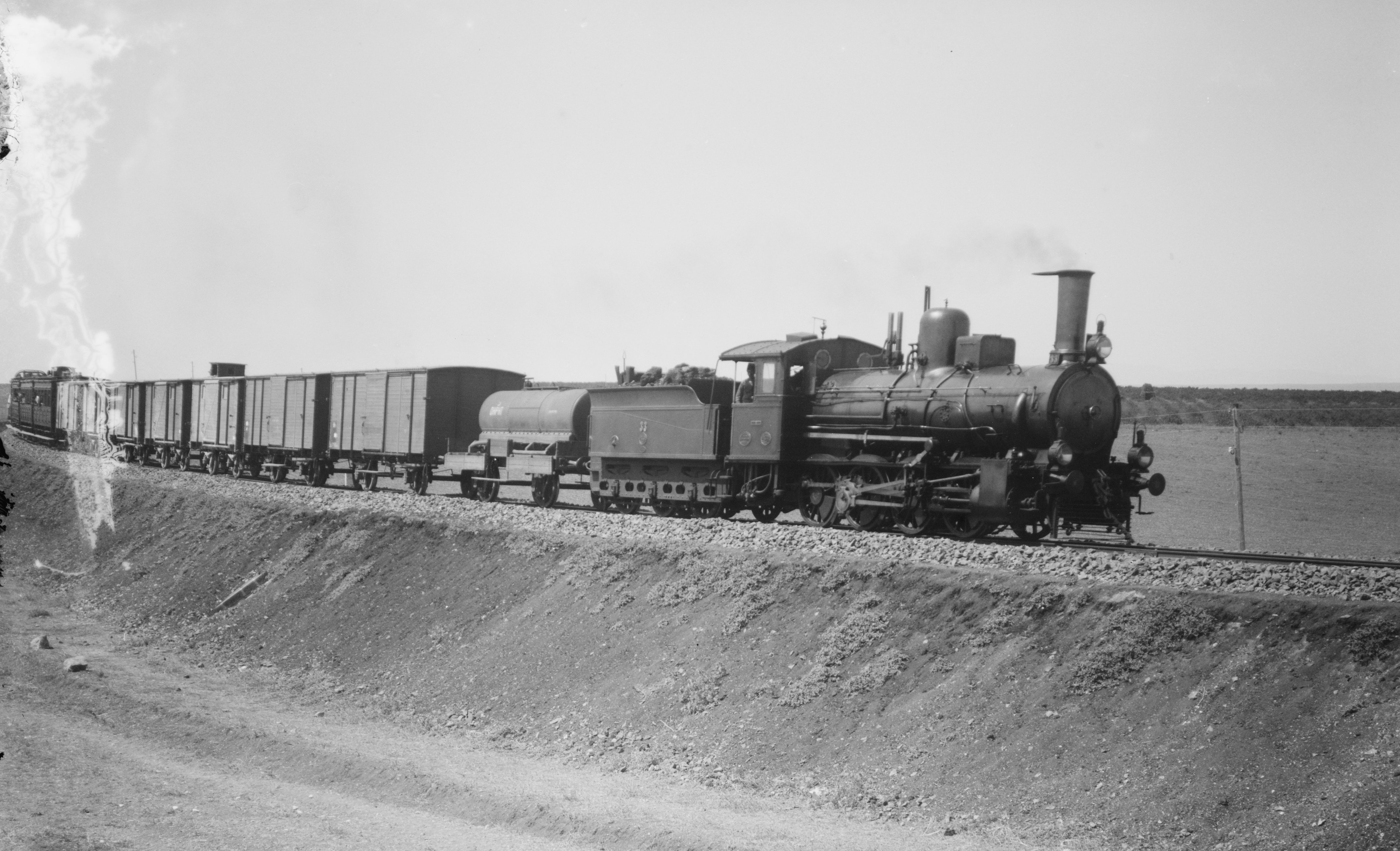
The Russian government was very serious about the project of railway to India.
Public domainExpansion of trade relations with India was considered one of the most important economic measures adopted by all the Russian rulers, starting from Peter the Great. As a result, for three centuries, projects to construct new roads that would link Russia and India regularly appeared in Russia.
Among the largest projects of that kind was developed by a large group of Russian businessmen at the beginning of the last century. It was about the construction of a railway from Rostov to the Nushki station, which was part of the Indian Railways, through Baku, Tehran and Kerman.
The initiators of the project calculated that this railway route would enable cargo to be transported between Europe and India, and would be faster and cheaper than any alternative routes.
"The economic and financial importance of the projected line is due mainly to its transit character, providing a reduction in the travel time between Europe and India, and cheaper fares," noted the authors of the project in a letter sent to the chancellery of the Russian Emperor Nicholas II.
The entrepreneurs’ calculated that travel time along the new road from London to Bombay would be reduced to eight days, compared with 12 days which it took to travel the sea route. Also, in this case, the fare would be reduced by one third.
"There is reason to believe that many passengers prefer the rail track to the sea one, as a result of which revenues from passenger traffic of 8,000,000 (eight million) roubles per year is expected", noted the entrepreneurs.
However, the main source of income was to be the transportation of various goods, including postage.
"Mail delivery, through the establishment of daily messaging, instead of the currently existing weekly messaging service, will go likewise, of course, from the sea route to the railway", the project initiators assured the Emperor’s office.
Overall, gross revenue from the new enterprise was estimated at 23 million roubles a year, and all the costs, including interest on loans was estimated at 20 million roubles.
"Consequently, the net income on equity in the amount of 20 million roubles amounted to more than 3,000,000 roubles per year, or about 15%," calculated the entrepreneurs.
At the same time they were ready to finance the construction of the new railway, the cost of which was estimated at 211 million roubles, completely at their own expense. Entrepreneurs only asked the Russian government for political support in obtaining permits from foreign governments.
The Russian government was very serious about this project, but many ministers had doubts about its success. In particular, the Ministry of Finance estimated the entrepreneurs’ calculations as overly optimistic, noting that the experience of operation of the already constructed road showed that their revenues were lower than planned for the builders of the Russian-Indian roads, and maintenance costs were significantly higher.
The main objections, however, were received from the Ministry of Industry and Trade, which warned that the new railway would facilitate the access of European goods on the Persian markets which, at that time, was controlled by the Russian traders.
"This will bring Russia much more harm than good," said Sergei Timashov, the head of the department in the Ministry.
The debate within the government over the construction of the railway in India was delayed until the beginning of World War I, when the project had lost its relevance. The subsequent revolution in Russia finally put an end to the proposed project.
All rights reserved by Rossiyskaya Gazeta.
Subscribe
to our newsletter!
Get the week's best stories straight to your inbox